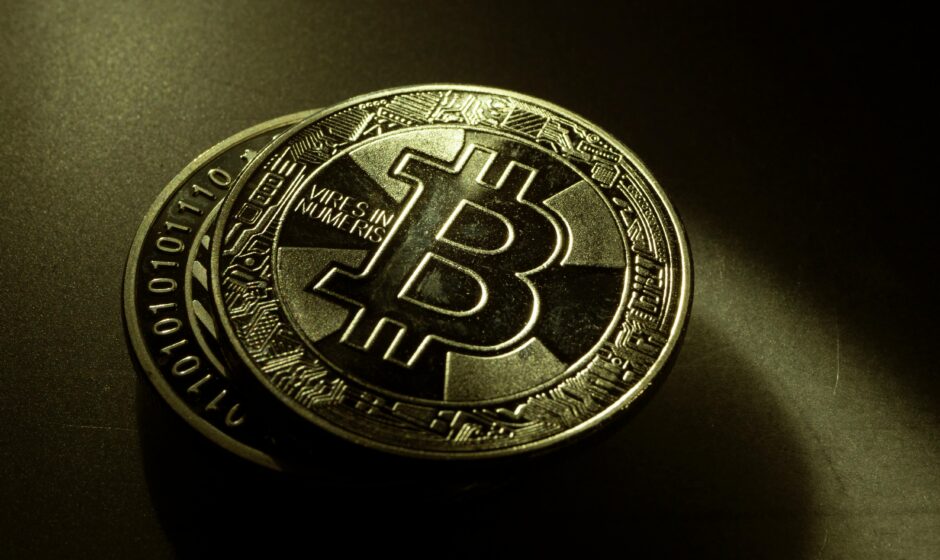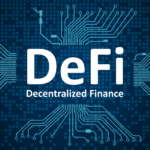Cryptocurrency exchanges are the backbone of the digital asset industry, providing users with platforms to buy, sell, and trade cryptocurrencies. However, as the market matures, the debate between centralized exchanges (CEXs) and decentralized exchanges (DEXs) continues to shape the future of crypto trading. With security, regulation, and user control at the heart of the discussion, which model will dominate in the long run? Let’s dive into the pros, cons, and trends shaping the future of crypto exchanges.
Understanding Centralized Exchanges (CEXs)
Centralized exchanges like Binance, Coinbase, and Kraken function similarly to traditional stock exchanges. They act as intermediaries between buyers and sellers, providing liquidity, security, and ease of use. Users deposit funds into the exchange, which then facilitates transactions.
Advantages of CEXs
- Liquidity: CEXs typically have deep liquidity pools, ensuring faster trade execution with minimal slippage.
- User-Friendly: They provide intuitive interfaces, making crypto trading accessible to beginners.
- Regulatory Compliance: Many centralized exchanges comply with financial regulations, offering a degree of security and legitimacy.
- Advanced Features: CEXs offer leveraged trading, derivatives, staking, and lending options.
Disadvantages of CEXs
- Security Risks: Since CEXs store user funds in centralized wallets, they are prime targets for hacks.
- Lack of User Control: Users do not have control over their private keys, meaning their funds are held by the exchange.
- Regulatory Vulnerability: CEXs are subject to government regulations, which can lead to restrictions, bans, or asset seizures.
The Rise of Decentralized Exchanges (DEXs)
Decentralized exchanges like Uniswap, PancakeSwap, and dYdX operate without intermediaries. They use smart contracts to facilitate peer-to-peer transactions, allowing users to trade directly from their wallets.
Advantages of DEXs
- User Control: Traders retain control over their private keys and funds.
- Security: Without a central authority, there’s no single point of failure, reducing the risk of exchange hacks.
- Censorship Resistance: DEXs operate on blockchain networks, making them less susceptible to government restrictions.
- Permissionless Trading: Anyone with a crypto wallet can trade without the need for KYC (Know Your Customer) verification.
Disadvantages of DEXs
- Lower Liquidity: DEXs generally have lower trading volumes compared to CEXs, leading to higher price slippage.
- Complex User Experience: The decentralized model requires more technical knowledge, which can be a barrier for beginners.
- Smart Contract Risks: Vulnerabilities in smart contracts can lead to exploits and loss of funds.
The Hybrid Approach: The Best of Both Worlds?
Some platforms are exploring hybrid exchanges, combining the benefits of CEXs and DEXs. These exchanges aim to provide the liquidity and ease of use of centralized exchanges while incorporating decentralized security features.
Examples of Hybrid Approaches
- Binance DEX: A decentralized trading arm of Binance that still offers high liquidity.
- Thorchain: Enables cross-chain decentralized trading without the need for wrapped tokens.
- Injective Protocol: A fully decentralized exchange that offers derivatives and low trading fees.
Regulatory Landscape and Its Impact on Exchanges
Governments worldwide are tightening regulations on cryptocurrency exchanges, particularly centralized ones. Recent crackdowns and legal frameworks emphasize compliance, which could impact user access and exchange operations.
- U.S. Regulations: The SEC and CFTC are scrutinizing centralized exchanges, leading to legal battles and potential operational shifts.
- Europe’s MiCA (Markets in Crypto-Assets Regulation): This regulatory framework aims to provide clear guidelines for exchanges operating in the EU.
- China’s Ban on Centralized Crypto Trading: Despite bans, decentralized finance (DeFi) platforms continue to provide access to crypto trading in restrictive regions.
The Future: What Lies Ahead?
With increased regulatory pressure on CEXs and growing adoption of DEXs, the crypto exchange landscape is likely to evolve in several ways:
- CEXs Will Embrace Decentralization – More centralized exchanges may integrate DEX-like features to improve security and user control.
- DEXs Will Improve Usability – Efforts to enhance UI/UX and liquidity could drive greater adoption of decentralized exchanges.
- Regulation Will Shape Market Dynamics – As legal clarity increases, exchanges that comply with regulations may gain an edge over non-compliant platforms.
- Interoperability and Cross-Chain Trading – Technologies like atomic swaps and cross-chain liquidity pools will enable seamless trading across different blockchain networks.
- Security Innovations – Advances in multi-party computation (MPC) and zero-knowledge proofs could further secure both CEXs and DEXs.
Conclusion
The future of crypto exchanges is not a question of centralized vs. decentralized but rather how these models can evolve and coexist. While CEXs offer convenience and liquidity, DEXs empower users with control and security. The ongoing regulatory shifts and technological advancements will play a crucial role in determining the next phase of exchange evolution.
Stella Whitehead is a cryptocurrency journalist and fintech researcher with a keen interest in the social and economic impact of blockchain technology. With a background in global finance and digital asset regulation, she provides in-depth analysis on how crypto is reshaping traditional financial systems.



